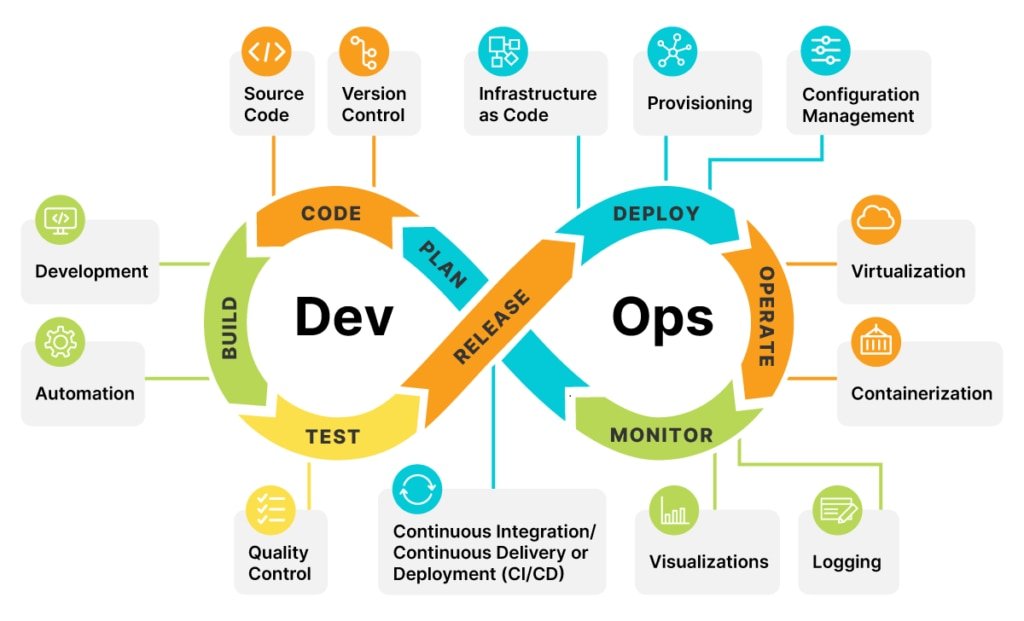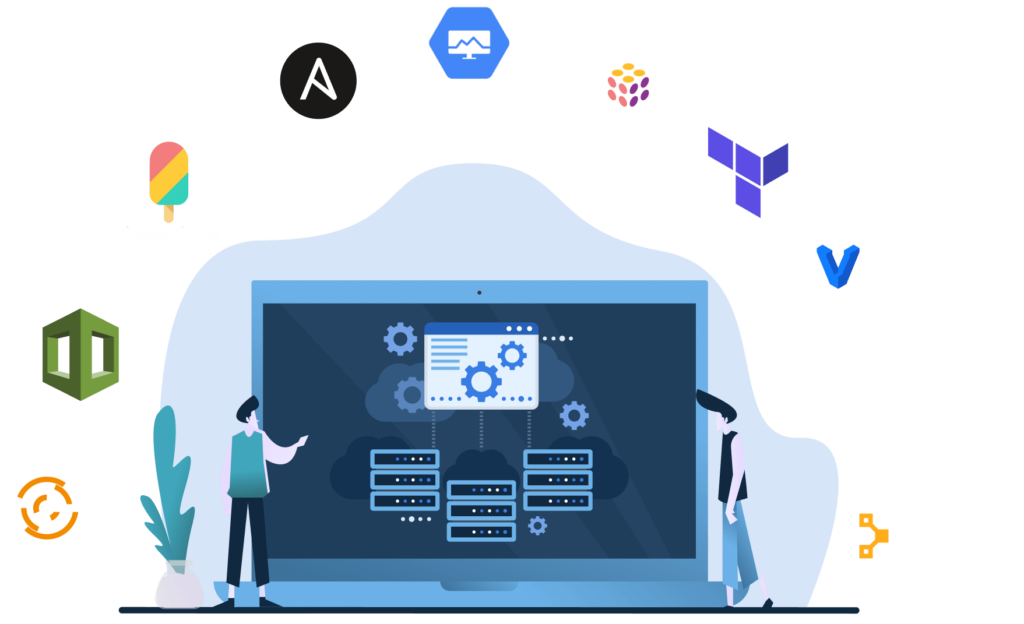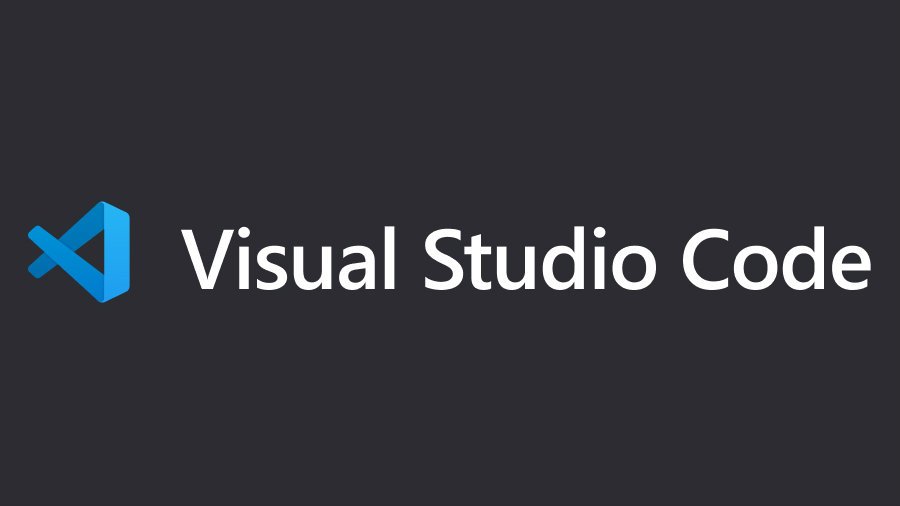Navigating the cloud-driven world of today demands exceptional skill, deep knowledge, and unyielding adaptability from technology professionals.
As organizations continue their journey towards cloud adoption, the role of cloud architects has become more crucial than ever before. These tech-savvy specialists not only keep their teams aligned with the latest industry trends and best practices, but also guarantee the successful implementation and management of their company’s cloud infrastructure. In this comprehensive blog post, we’ll explore the top 10 things every cloud architect should know to stay ahead of the curve and contribute effectively to their organization’s cloud endeavors.
I included the video version where I go into more details below
Whether you’re an aspiring cloud architect or a seasoned expert seeking to sharpen your skills, this guide will provide you with valuable insights and knowledge to help you thrive in the fast-paced and ever-changing world of cloud architecture.
So, let’s dive into the crucial elements that set successful cloud architects apart from the rest 💪🏼
What are the fundamentals of cloud architecture?
A: Every cloud architect should know the basics of cloud computing, including Infrastructure-as-a-Service (IaaS), Platform-as-a-Service (PaaS), and Software-as-a-Service (SaaS) concepts, as well as the various deployment models like public, private, and hybrid clouds.
What are the key components of cloud infrastructure?
A: Cloud architects need to have a solid understanding of cloud infrastructure components, such as compute, storage, networking, and security, as well as the ability to manage and set up resources through cloud providers like AWS, Azure, and Google Cloud Platform.
Which programming languages are essential for cloud architects to know?
A: Cloud architects should be proficient in programming languages commonly used in cloud environments, such as Python, JavaScript, Java, and Go, as these languages are known for their flexibility, scalability, and wide range of libraries and frameworks suitable for cloud computing.
How does a cloud architect plan and design a cloud migration strategy?
A: A cloud migration strategy includes analyzing the current application architecture and infrastructure, selecting the right cloud provider, planning the migration steps, and optimizing the application for the target cloud environment.
What are the core principles of cloud security?
A: Cloud architects should be well-versed in security best practices, including identity and access management, data encryption, network security, and ensuring compliance with regulations such as GDPR and HIPAA.
How do cloud architects ensure the scalability and high availability of applications?
A: When designing cloud solutions, architects must consider auto-scaling, load balancing, and distributed systems to ensure that applications can handle increased demand and remain highly available during peak times or in the event of failures.
What is the role of DevOps in cloud architecture?
A: DevOps plays a crucial role in cloud architecture by promoting collaboration, employing automation, and emphasizing continuous integration and delivery to streamline the development, deployment, and monitoring of cloud-based applications.
Which tools and technologies should cloud architects be proficient in?
A: Cloud architects should be familiar with tools and technologies like container orchestration (Kubernetes), CI/CD pipelines (Jenkins), Infrastructure as Code (Terraform), and monitoring and logging solutions (Prometheus, Grafana, and ELK stack).
How important is understanding costs and optimizing resources in cloud solutions?
A: Keeping up with industry news, attending cloud-related events, participating in professional communities, and continuously learning and improving one’s skills are all ways cloud architects can stay current with the rapidly evolving cloud ecosystem.





